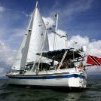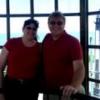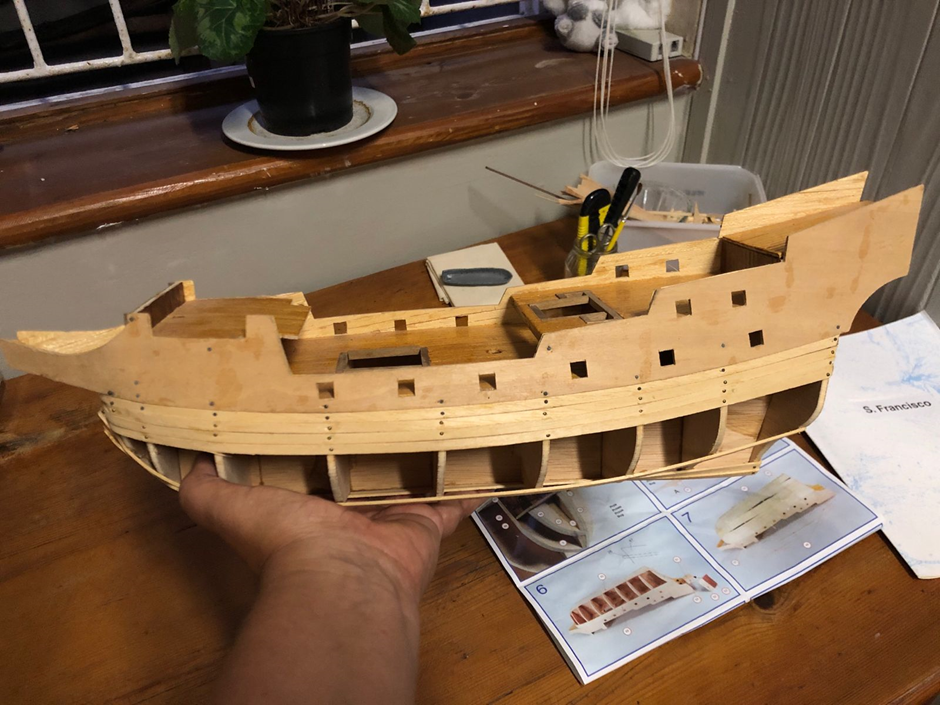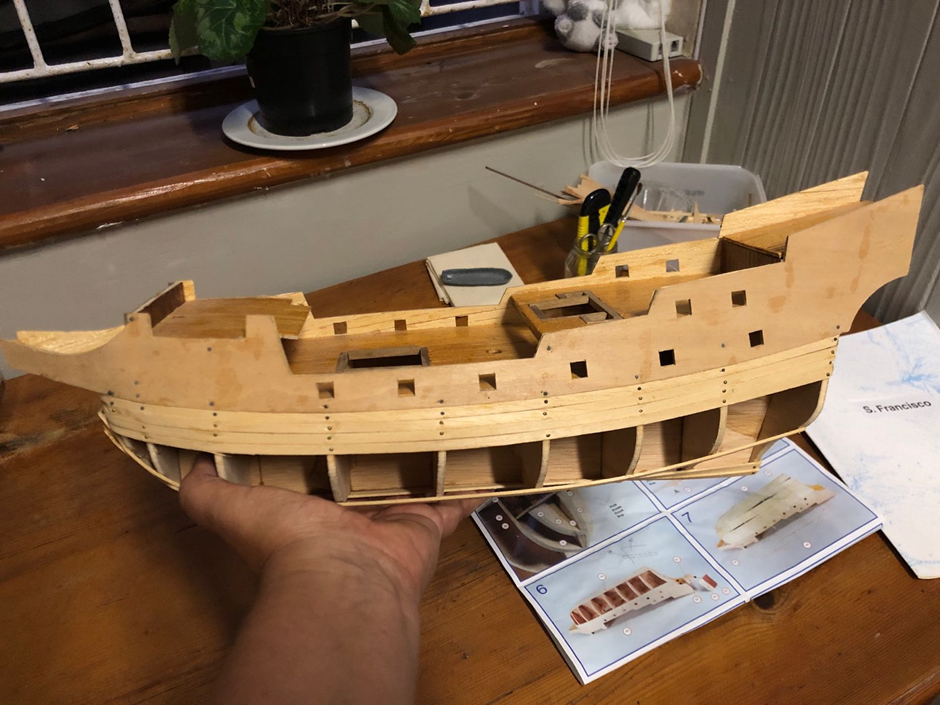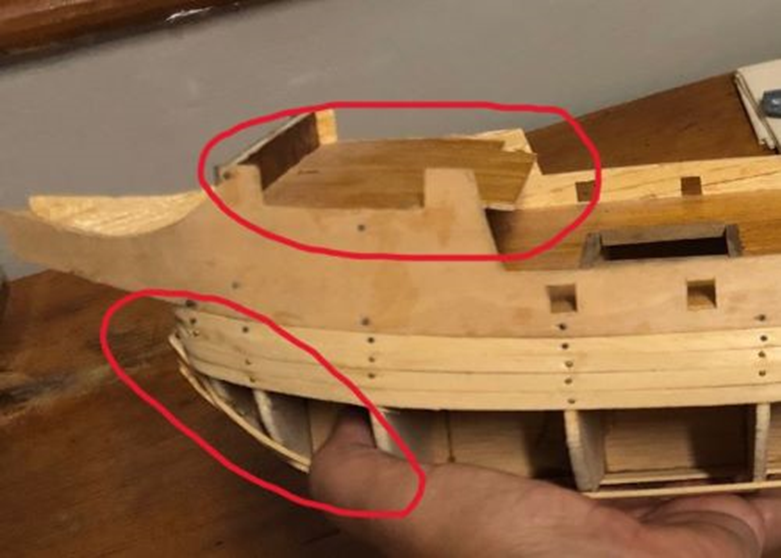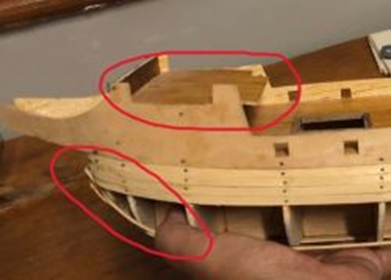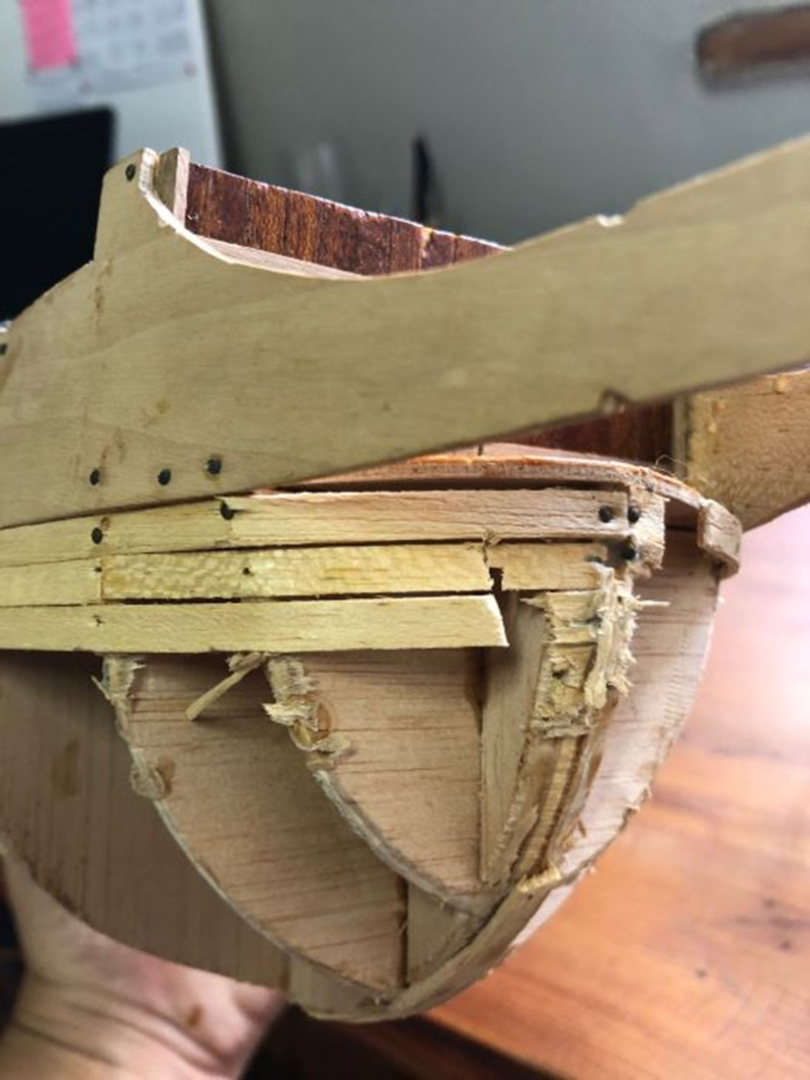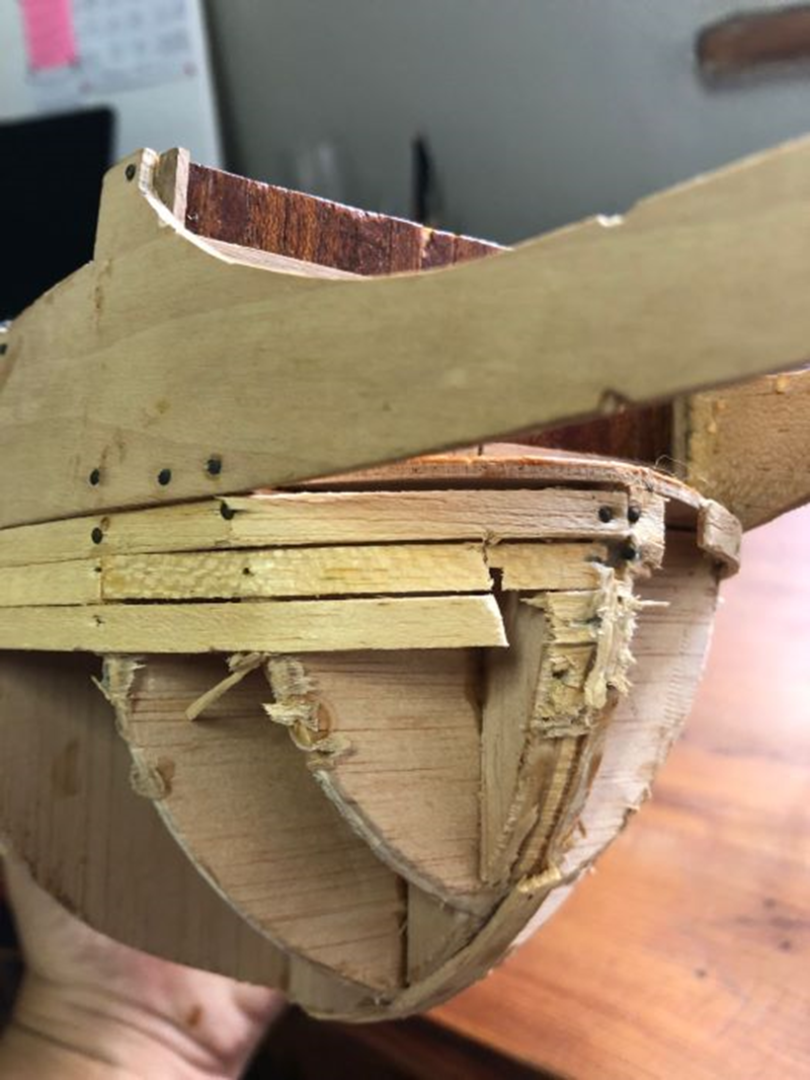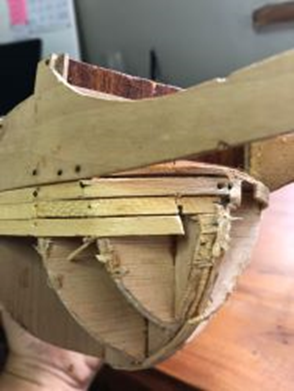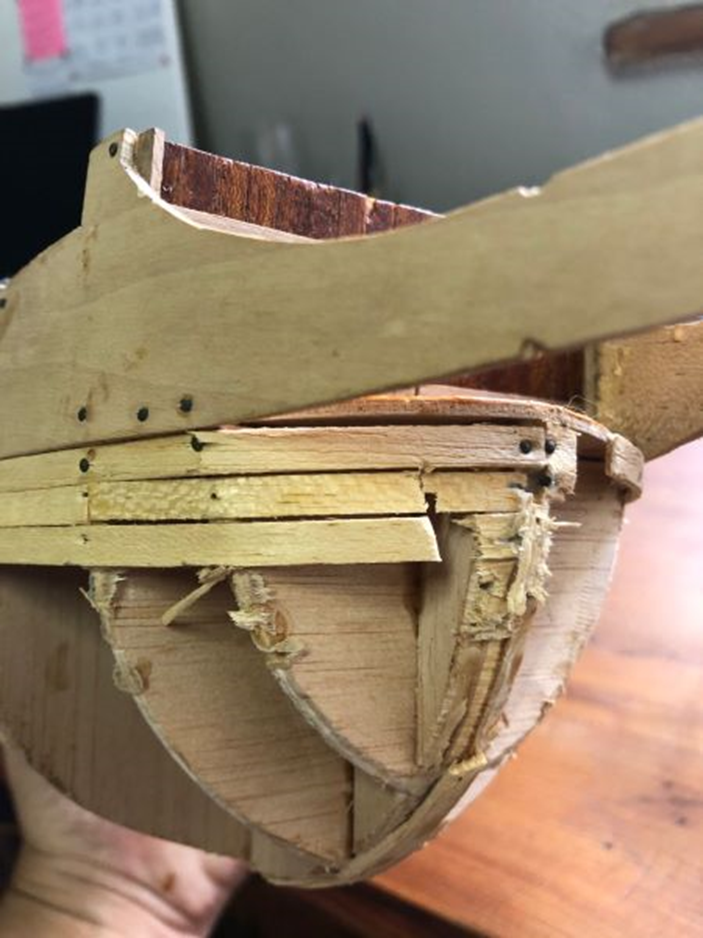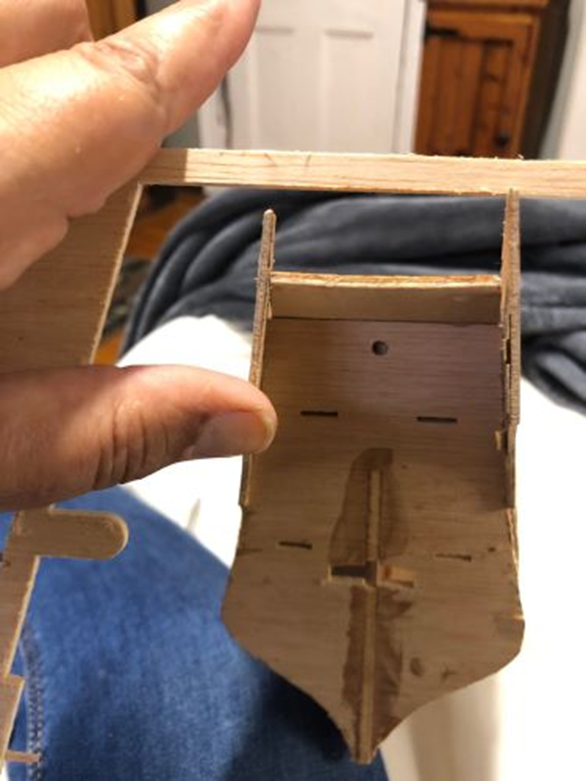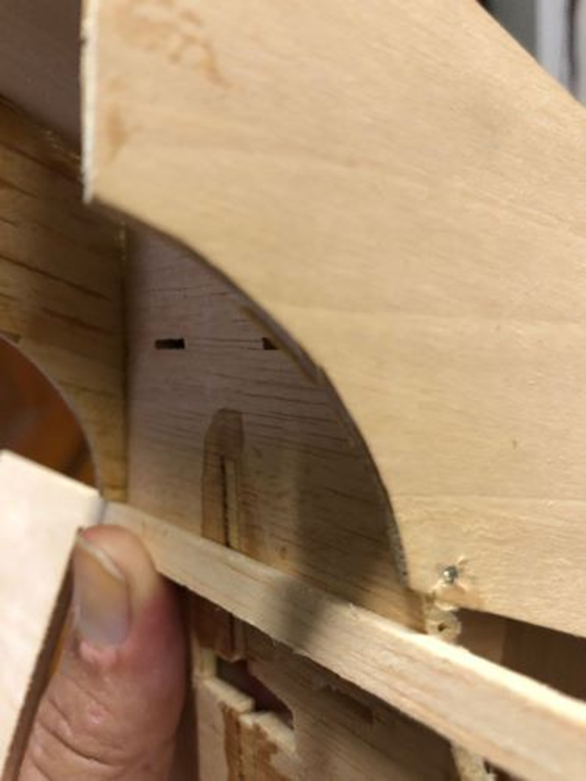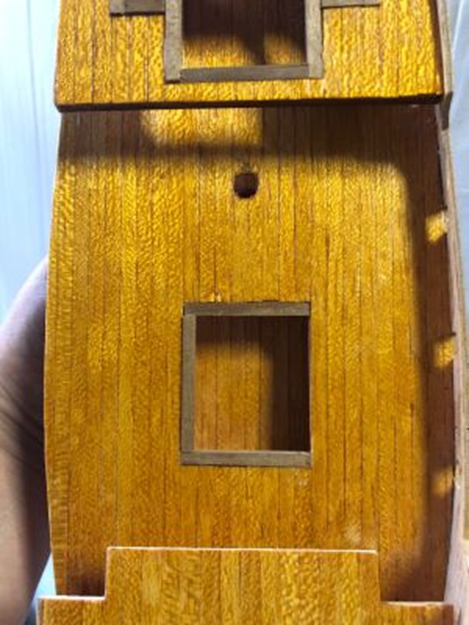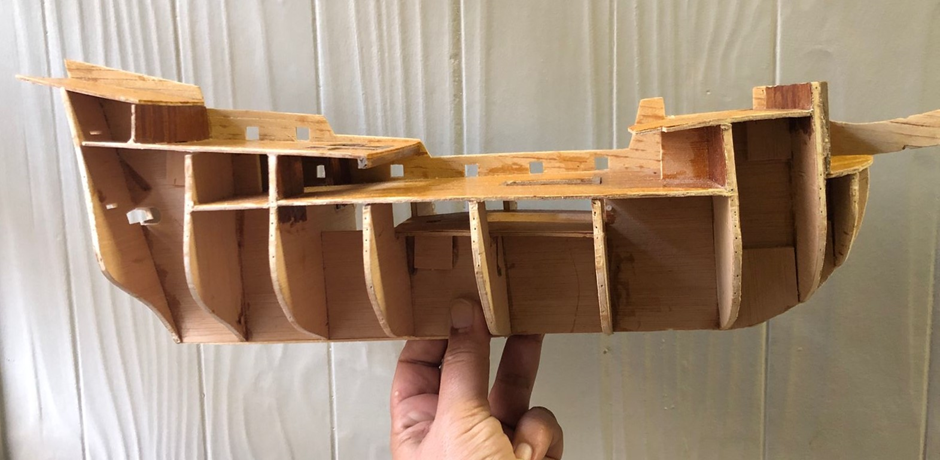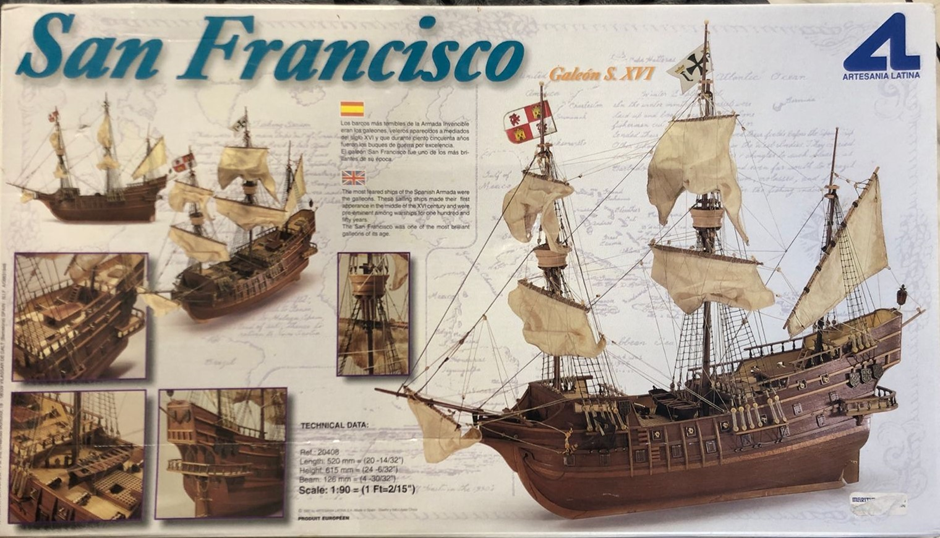-
Posts
4 -
Joined
-
Last visited
Recent Profile Visitors
-
 Ingo reacted to a post in a topic:
What is CA glue and how does it work?
Ingo reacted to a post in a topic:
What is CA glue and how does it work?
-
 Ingo reacted to a post in a topic:
San Francisco by Ingo - Artesania Latina 20408 - 1:90
Ingo reacted to a post in a topic:
San Francisco by Ingo - Artesania Latina 20408 - 1:90
-
 GrandpaPhil reacted to a post in a topic:
San Francisco by Ingo - Artesania Latina 20408 - 1:90
GrandpaPhil reacted to a post in a topic:
San Francisco by Ingo - Artesania Latina 20408 - 1:90
-
 GrandpaPhil reacted to a post in a topic:
San Francisco by Ingo - Artesania Latina 20408 - 1:90
GrandpaPhil reacted to a post in a topic:
San Francisco by Ingo - Artesania Latina 20408 - 1:90
-
 ccoyle reacted to a post in a topic:
San Francisco by Ingo - Artesania Latina 20408 - 1:90
ccoyle reacted to a post in a topic:
San Francisco by Ingo - Artesania Latina 20408 - 1:90
-
 ccoyle reacted to a post in a topic:
San Francisco by Ingo - Artesania Latina 20408 - 1:90
ccoyle reacted to a post in a topic:
San Francisco by Ingo - Artesania Latina 20408 - 1:90
-
 Ingo reacted to a post in a topic:
Type of wood for filler blocks?
Ingo reacted to a post in a topic:
Type of wood for filler blocks?
-
As noted, the original owners had already started on the model. Upon purchase, all seemed to be in order. However, the closer I looked and the more I tucked into online resources, the more niggly errors seemed to jump out. It is only unfortunate I did not take more photos at the time to log this carefully (pre MSW days!). As most evident in the top section marked above, much of the decking shows warping. Not all bulwarks have been glued squarely onto the false keel, which I suspect may be the main cause. As of yet, I am not sure how to correct this, or whether it can be corrected. The lower red circle around the hull planking does not quite capture the issues. Lower planks overlapped those closer to the gunwales at almost 90 degree angles, and a complete lack of fairing on the bulkheads had the planks bulging ominously. I decided that the best course of action would be to remove the hull planks entirely and start that process over. Removing the nails, which had been hammered all the way in, was tricky, but I managed to save the majority of the planks. The above photograph still shows some of the bulging of the planking around the bows. This issue very much confirmed that the use of filler blocks in the bow section would be of great help in this model, as advised by several members. Shaping and fitting the filler blocks is indeed next on my agenda. Another issue is that the port and starboard bulwarks were not aligned properly. The starboard bulwark was duly and verrrrrry carefully removed. The deck planking lacks any simulation of caulking or trenails, but I have opted to leave this as is. At this point, I am more concerned about correcting the fundamental structure of the ship than fretting about cosmetic accuracy. That will have to wait for a next model! Thus, currently, I am familiarizing myself with bearding and rabbet lines from the useful Dirk de Bakker guide on hull planking for beginners, slowly fairing the bulkheads and keel accordingly, and prepping filler blocks. All while still gauging whether the warped decks can be doctored. Again, I doubt that the final product will be one of great beauty, but working through problematic issues has already been very educational.
-
Ingo started following Hi from South Africa - novice alert! and San Francisco by Ingo - Artesania Latina 20408 - 1:90
-
Hi everyone, I am a bit hesitant to open my first build log, as I am a complete novice to boat modelling, but have opted to post my progress on-the-go in case other newbies can benefit from the perspective of digging into a new hobby. On a whim, I purchased the San Francisco S. XVI second-hand. I've always secretly dreamt of trying my hand at modelling, and finally found the space, time, and finances to allow such an indulgence. Interestingly, some online posts note that the original SF model only has one layer of hull planking, whereas the SF II is double-planked. However, my specific model (AL 20408) definitely features a double-planked hull, leading me to believe that it was released sometime between the original SF and the SF II. In many ways, this definitely does not appear to be the best option for a beginner's model! I only started reading up on boat modelling techniques after the purchase, and soon realized that the San Francisco S. XVI poses some peculiar complexities. Secondly, the original owners had already started building the galleon, and even with minimal research it was possible to detect some basic errors that had slipped in. Thirdly, I am fully prepared to find that the opened box may have parts missing, when it comes down to the crunch. That being said, I can't help but feel that all these downsides actually removes quite a bit of pressure to "get things right". No doubt I will make many more mistakes, the best of teachers. But it's less stressful going in, knowing that I did not fork out a fortune and can practice new techniques and try out different tools on a second-hand kit. I've slowly been buying the essential hand-tools to get going, holding off on buying more expensive tools until I know exactly what I want or need. Progress will likely be slow, as I do work two day jobs, but I do plan to post updates as things come along. And so the journey begins!
-
 Ingo reacted to a post in a topic:
Dremel rotary tool?
Ingo reacted to a post in a topic:
Dremel rotary tool?
-
 GrandpaPhil reacted to a post in a topic:
Hi from South Africa - novice alert!
GrandpaPhil reacted to a post in a topic:
Hi from South Africa - novice alert!
-
 mtaylor reacted to a post in a topic:
Hi from South Africa - novice alert!
mtaylor reacted to a post in a topic:
Hi from South Africa - novice alert!
-
 mtaylor reacted to a post in a topic:
Hi from South Africa - novice alert!
mtaylor reacted to a post in a topic:
Hi from South Africa - novice alert!
-
 rmccook reacted to a post in a topic:
Hi from South Africa - novice alert!
rmccook reacted to a post in a topic:
Hi from South Africa - novice alert!
-
 allanyed reacted to a post in a topic:
Hi from South Africa - novice alert!
allanyed reacted to a post in a topic:
Hi from South Africa - novice alert!
-
 BETAQDAVE reacted to a post in a topic:
Hi from South Africa - novice alert!
BETAQDAVE reacted to a post in a topic:
Hi from South Africa - novice alert!
-
Thanks Knocklouder, half my day has already slipped by engrossed in planking tutorials... allanyed Lately the Great Whites in Mossel Bay have been fleeing the scene, being actively predated by orcas. Guess there's always a bigger fish (or mammal) in the sea. And it's never to late to visit!
-
 Ingo reacted to a post in a topic:
San Francisco II by Frank - Artesania Latina - Scale 1:90
Ingo reacted to a post in a topic:
San Francisco II by Frank - Artesania Latina - Scale 1:90
-
Hi everyone at MSW, and thanks for having me on board. I'm based in Mossel Bay, South Africa, and am very excited at the prospect of starting my first model ship. A love for all things ocean-going was previously expressed in sailing, including ten years on Captain Robert Beebe's original wooden motor yacht, Passagemaker. However, my experience with all things wood is unfortunately currently restricted to rough sanding, varnishing, amateur carving, and an unfortunate incident where it was necessary to put a blow torch to the hull to barbeque a shipworm infestation. However, despite a long-standing appreciation for wooden ship models, I have never tried my hand at modelling before. I have purchased, on a whim, the original San Francisco Galeon S. XVI Wood Ship Model Kit (AL #20408), second-hand (in hindsight, no, not ideal, yet here I am). The original owner had already progressed as far as starting the first layer of hull planking, but even to my untrained eye, it was a bit of a botch job. Thus far, I have only dug out nails to remove this planking, followed by light sanding. The bulkheads had not been faired whatsoever, and will probably be my first hands-on job to ensure proper placement of the strakes. I am also concerned about the bulkheads, with not all having been glued/fixed at a 90 degree angle. Any advice in this regard would be much appreciated! At the moment, I am purely delving into online resources to learn the basics of ship modelling, and already several posts on MSW have been extremely enlightening. I am also compiling a list of basic tools to start out with, comparing quality and price. Unfortunately, a modelling hobby costs a pretty penny out here on the southern tip of Africa, with a heady shipment fee added to the import of quality tools. So the aim is to start out with the bare bones and then work my way up as time (and skill) progresses. Please bear with me as I am still familiarizing myself with the correct terminology. I am working through the multitude of helpful posts that have already been provided to new members, and will try to avoid asking questions that have already been answered! I look forward to opening a build log soon, and would absolutely appreciate any and all advice, guidance, and mentoring offered, hoping to learn from the vast experience of MSW members. All the best, Louise
About us
Modelshipworld - Advancing Ship Modeling through Research
SSL Secured
Your security is important for us so this Website is SSL-Secured
NRG Mailing Address
Nautical Research Guild
237 South Lincoln Street
Westmont IL, 60559-1917
Model Ship World ® and the MSW logo are Registered Trademarks, and belong to the Nautical Research Guild (United States Patent and Trademark Office: No. 6,929,264 & No. 6,929,274, registered Dec. 20, 2022)
Helpful Links
About the NRG
If you enjoy building ship models that are historically accurate as well as beautiful, then The Nautical Research Guild (NRG) is just right for you.
The Guild is a non-profit educational organization whose mission is to “Advance Ship Modeling Through Research”. We provide support to our members in their efforts to raise the quality of their model ships.
The Nautical Research Guild has published our world-renowned quarterly magazine, The Nautical Research Journal, since 1955. The pages of the Journal are full of articles by accomplished ship modelers who show you how they create those exquisite details on their models, and by maritime historians who show you the correct details to build. The Journal is available in both print and digital editions. Go to the NRG web site (www.thenrg.org) to download a complimentary digital copy of the Journal. The NRG also publishes plan sets, books and compilations of back issues of the Journal and the former Ships in Scale and Model Ship Builder magazines.


